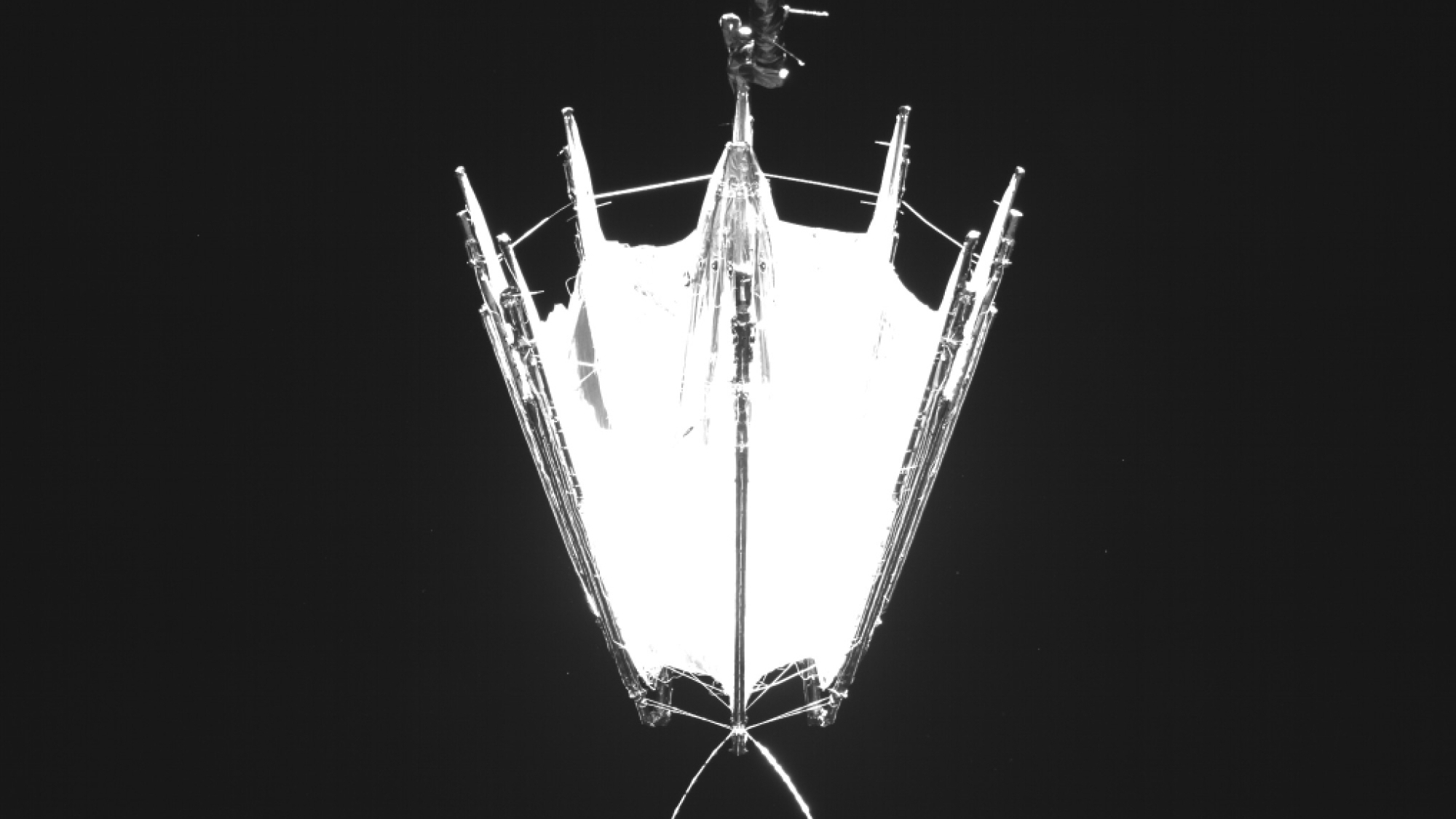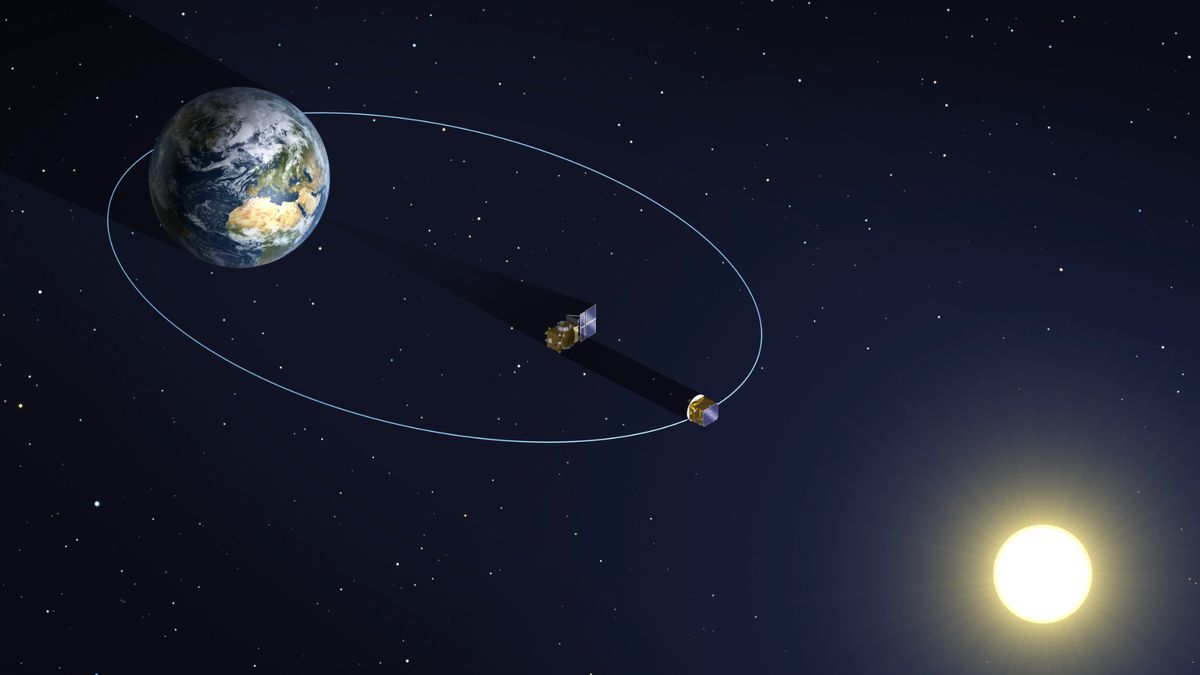The huge antenna for the newly launched Biomass forest-monitoring satellite has been successfully deployed, the European Space Agency (ESA) announced on Wednesday (May 7).
The multi-day deployment was the final hurdle for the mission's launch and early operations stage, which ESA says should be completed soon.
"I'm delighted to see Biomass successfully deploy its remarkable antenna — a major milestone for one of our most pioneering Earth Explorer missions," Simonetta Cheli, director of ESA's Earth Observation Programmes, said in a statement.

The Biomass satellite launched April 29 atop a Vega-C rocket from French Guiana. Designed to provide "unprecedented insights into the world's forests and their vital role in Earth's carbon cycle," Biomass went through a few in-orbit checks before deploying a supporting boom for the antenna.
After the boom was fully extended, the team deployed the mesh antenna reflector, which "essentially unfolds like an umbrella above the satellite," ESA's Stefan Kiryenko, who was responsible for deploying the antenna reflector, said in the same statement.
With the 39-foot-wide (12 meters) antenna in place, the mission will soon enter its commissioning phase, in which the team will fine-tune the satellite's systems. ESA expects this process to last around six months.
"With this achievement, we're another significant step closer to unlocking unprecedented knowledge about the world's forests, including crucial data on carbon stocks and fluxes — fundamental to understanding and managing Earth's carbon cycle," Cheli said.
Onboard Biomass is a P-band synthetic aperture radar (SAR) instrument. It's a type of radar that can penetrate vegetation, like the canopy of a forest. This is the first time such an instrument has been launched to space, according to mission team members. The antenna reflector will send the radar's "footprint" to Earth, then receive a return signal with data on the carbon content of forests.
ESA will use the data Biomass collects to understand more about the current state of our forests and how they are changing.
Biomass is a part of ESA's "Earth Explorers" satellite series.
"These missions, developed through our FutureEO research and development programme, are designed to demonstrate cutting-edge space technologies and deliver exceptional insights about our planet," Cheli said.









 English (US) ·
English (US) ·